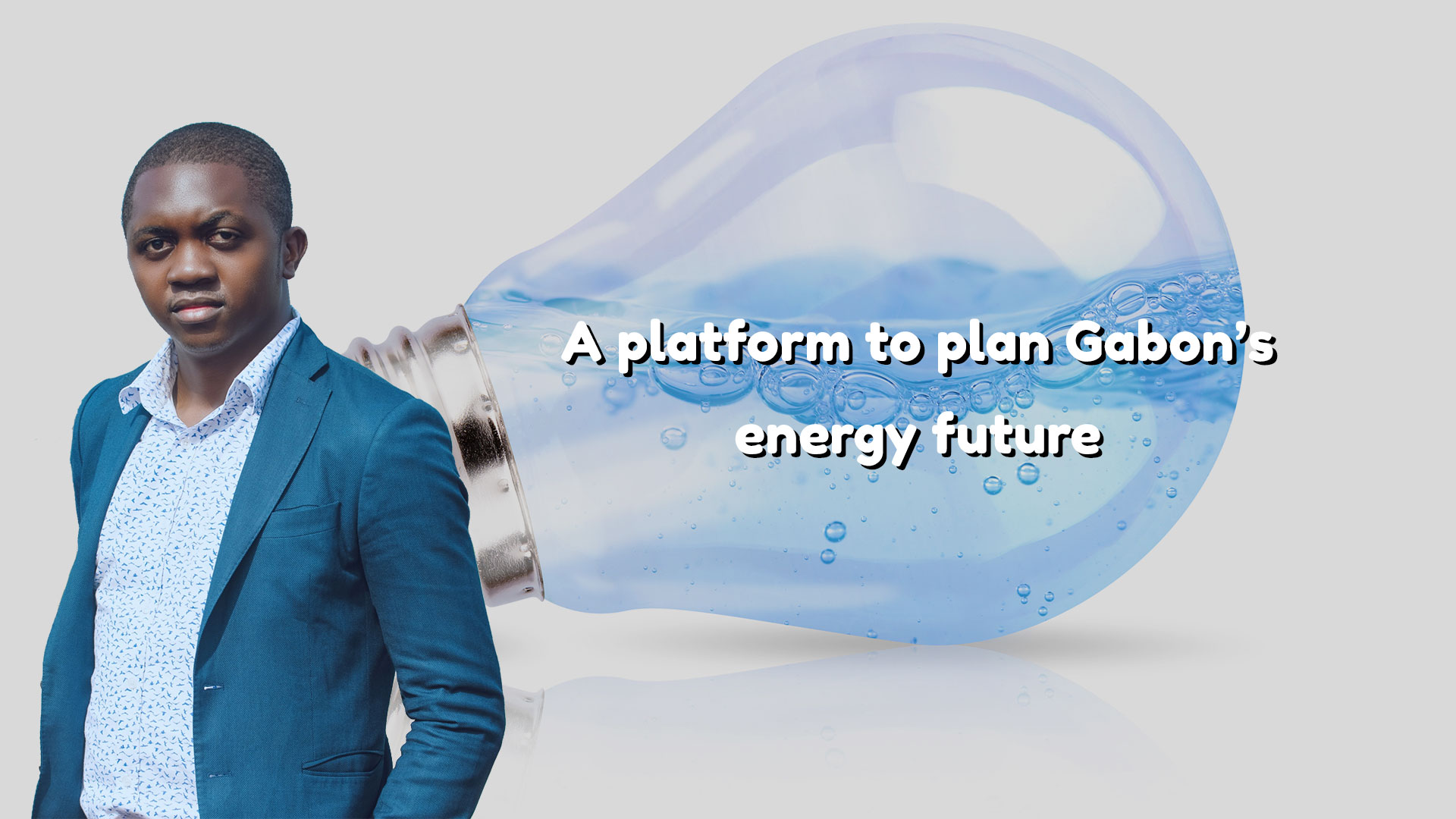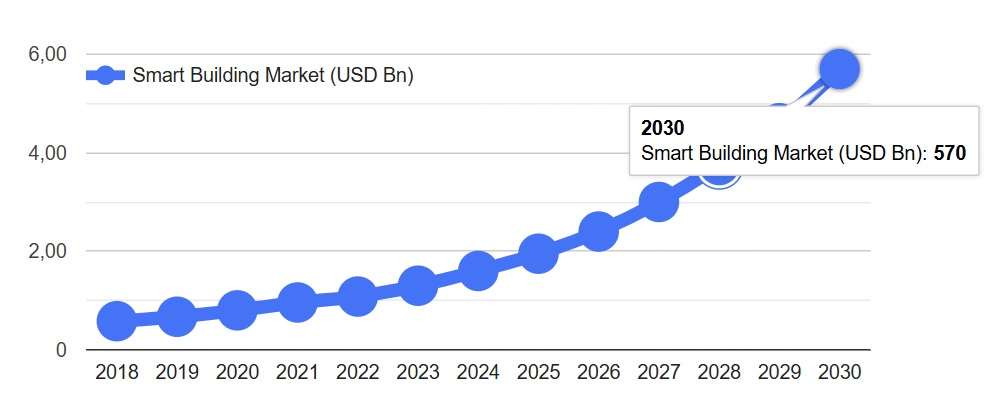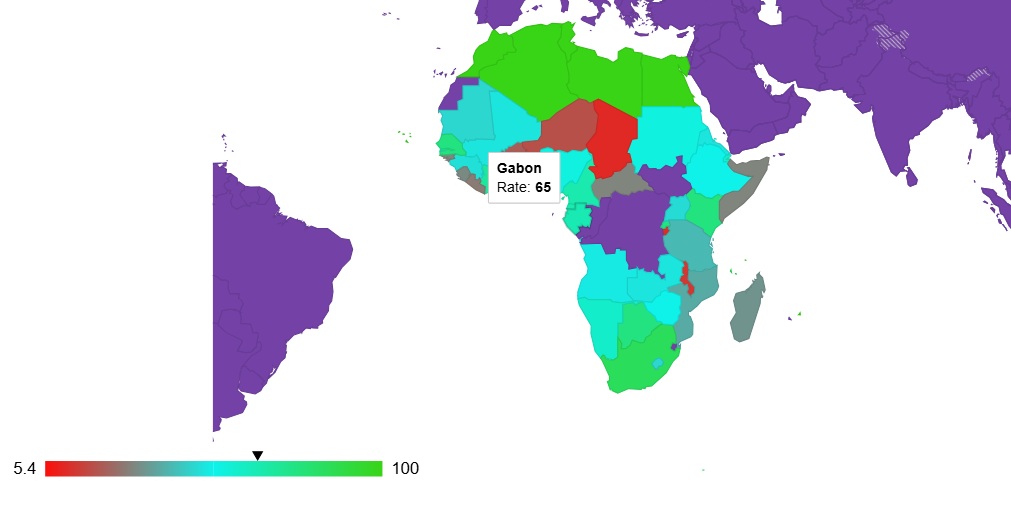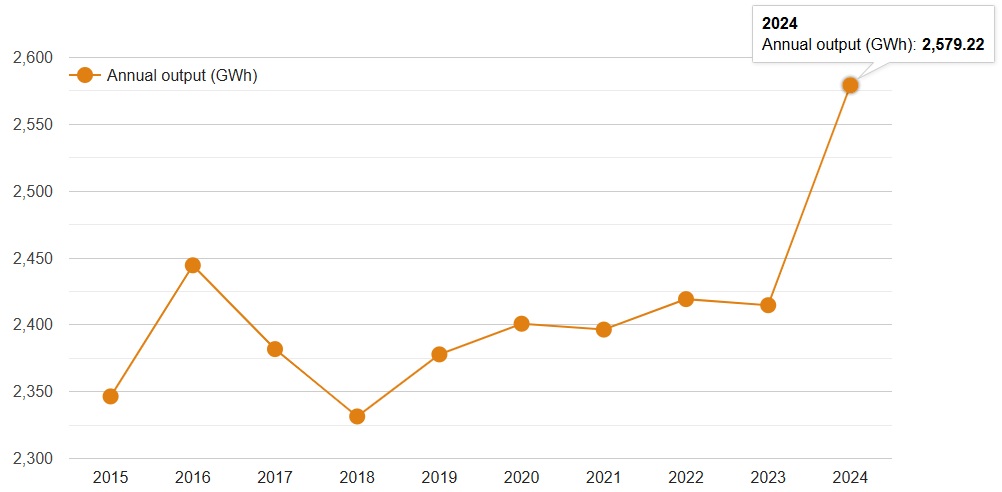Shape the Future with Smart Energy & Innovation
Design and implement sustainable solutions that blend data, electricity, and smart technologies to improve lives, optimize infrastructure, and accelerate the energy transition across Africa and the world.


12 +
Years of Experiences
Electrification Landscape in Sub-Saharan Africa
Across Sub-Saharan Africa, only 47 % of people had access to electricity in 2023, versus nearly 100 % in North Africa. Gabon, at 65 % electrification, sits well above the regional average but still faces substantial rural gaps. On the right, explore the map showing each African country’s electrification rate.
Data: 2023-2024 electrification rates. Sources: World Bank, IEA.
Featured Insights
Explore our latest expert articles on energy, water infrastructure, data innovation, and sustainable technologies. Curated insights, analyses, and case studies on energy, water, innovation, and development.

A Platform to Plan Gabon’s Energy Future
Gabon is entering a decisive phase in the modernization of its water and energy sectors. Despite the progress achieved in recent years, the country still faces a lack of visibility regarding the real status of its infrastructure and ongoing projects. Citizens, institutions, and investors lack access to reliable, up-to-date, and consolidated data.

HCC Central student earns International Society of Automation scholarship
When Simon Obame came to the United States nearly two years ago from Gabon, his intent was to improve his English and return home to Africa and advance his career in the energy industry.

ADI Expo 2025: Innovation and Security Solutions in Houston
On September 23, 2025, Houston hosted the ADI Expo, one of the premier events in the low-voltage, security, and smart building technology industries. Organized by ADI Global Distribution, the expo brought together hundreds of professionals, manufacturers, and integrators eager to explore the latest innovations shaping the future of connected infrastructure.

DIgSILENT PowerFactory: Power System Analysis and Planning
At the IEEE PES General Meeting 2025, I had the opportunity to engage with the team from DIgSILENT, developer of PowerFactory, widely recognized as one of the leading global software platforms for power system analysis.

Can we imagine a Gabon without Power Outages ?
First of all, it is important to clarify that the real issue is not the outage itself. Power cuts will always exist, everywhere in the world. The real question is: how long do they last ?

Optimizing Water and Energy, Integrated Microgrid Approach - Interview
At the IEEE PES General Meeting 2025 in Austin, I had the privilege of interviewing Saskia Anindya Putri, a PhD candidate in Water Resources Engineering and Research Assistant at the P.C. Rossin College of Engineering and Applied Science, Lehigh University, Pennsylvania, USA.

AC Microgrid Resilience - Interview
As part of the IEEE PES General Meeting 2025, I had the pleasure of interviewing Ms. Lydia Asare Bediako, a Ghanaian Ph.D. student at Lehigh University (Bethlehem, Pennsylvania, USA).

IEEE PES General Meeting 2025
The IEEE Power & Energy Society General Meeting in Austin brought together more than 3,000 engineers, researchers, and industry professionals from over 60 countries for five days of learning, networking, and exploration of the future of electricity.

Aksa Energy Commits 140 MW Gas Power Investment in Gabon
In a bold step to reinforce Gabon’s energy independence, Turkish firm Aksa Enerji Üretim A.Ş. is launching a 140-megawatt (MW) natural gas power plant project in the country.

Gabon Launches FNEE: A $1.9 Billion Milestone for Water and Power Security
In May 2025, Gabon took a decisive step toward addressing chronic electricity outages and uneven water access by establishing the National Fund for Energy and Water (FNEE) via Cabinet decree on May 30, 2025.
Smart Energy & Green Technology: A Parallel Evolution
The future of energy is no longer just about generation, it's about intelligence, efficiency, and integration. Today, solar technologies and smart buildings are shaping a new energy paradigm where buildings are not just consumers, but active participants in the grid.
On one hand, solar power has witnessed exponential growth, with global capacity expected to more than quadruple between 2018 and 2030.
On the other, smart buildings - powered by automation, sensors, and AI - are redefining how we use and manage energy inside our homes, offices, and public infrastructure.
40%
Building account for global energy use
446 GW
Solar PV capacity was added in 2023 alone
35 bn IoT
Will be installed worldwide by 2030
2.2 TW
Solar capacity growth by 2030


Electrification Landscape in Sub-Saharan Africa
Across Sub-Saharan Africa, only 47 % of people had access to electricity in 2023, versus nearly 100 % in North Africa. Gabon, at 65 % electrification, sits well above the regional average but still faces substantial rural gaps. On the right, explore the map showing each African country’s electrification rate.

Production Trends (2015–2024)
Over the last decade, Gabon’s combined net generation and energy imports rose from 2 346.5 GWh in 2015 to 2 579.2 GWh in 2024, totaling 24 093 GWh (≈ 24.1 TWh). This represents a +9.9 % increase.
Regional Position
Cameroon (pop. 28 M) produced 73 623 GWh (2015–2023) with a modest +5 % growth, averaging 8.3 TWh in 2023, over three times Gabon’s output. Equatorial Guinea (pop. 1.5 M) reached 2.1 TWh cumulated, yet achieved +21.1 % growth, outpacing Gabon’s expansion. Botswana (pop. 2.3 M) generated ≈ 3.9 TWh across ten years, making Gabon’s decade output six times larger.
Gabon thus stands as a mid-sized, steadily growing producer—stronger than population peers but below the regional heavyweight Cameroon, and with growth rates between those of its neighbors.
65 %
National electrification rate
24.1 TWh
Total output (2015–2024)
+9,9 %
Decadal growth in electricity output
8.3 TWh
Output from Libreville plant (2015–2024)










